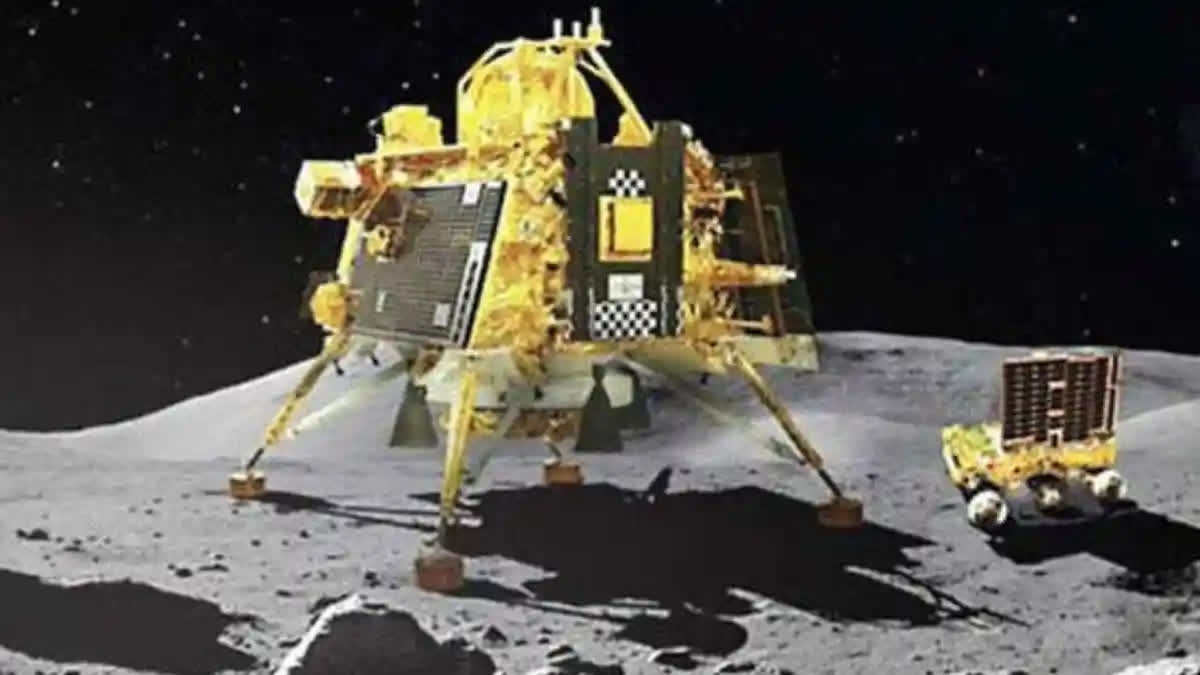New Delhi: Laser instrument onboard a NASA spacecraft orbiting the Moon has successfully pinged the Vikram lander of India's Chandrayaan-3 mission, the US space agency said. The laser beam was transmitted and reflected between the Lunar Reconnaissance Orbiter (LRO) and an Oreo-sized device on Vikram lander, opening the door to a new style of precisely locating targets on the Moon's surface, NASA said.
The lander was 100 kilometers away from LRO, near Manzinus crater in the Moon's south pole region, when LRO transmitted laser pulses toward it on December 12 last year. After the orbiter registered light that had bounced back from a tiny NASA retroreflector aboard Vikram, NASA scientists knew their technique had finally worked.
Sending laser pulses towards an object and measuring how long it takes the light to bounce back is a commonly used way to track the locations of Earth-orbiting satellites from the ground. However, using the technique in reverseto send laser pulses from a moving spacecraft to a stationary one to determine its precise locationhas many applications at the Moon, scientists said.
"We've showed that we can locate our retroreflector on the surface from the Moon's orbit," said Xiaoli Sun, who led the team at NASA's Goddard Space Flight Center, that developed the retroreflector on Vikram as part of a partnership between NASA and Indian Space Research Organization (ISRO). "The next step is to improve the technique so that it can become routine for missions that want to use these retroreflectors in the future," Sun said in a NASA statement.
